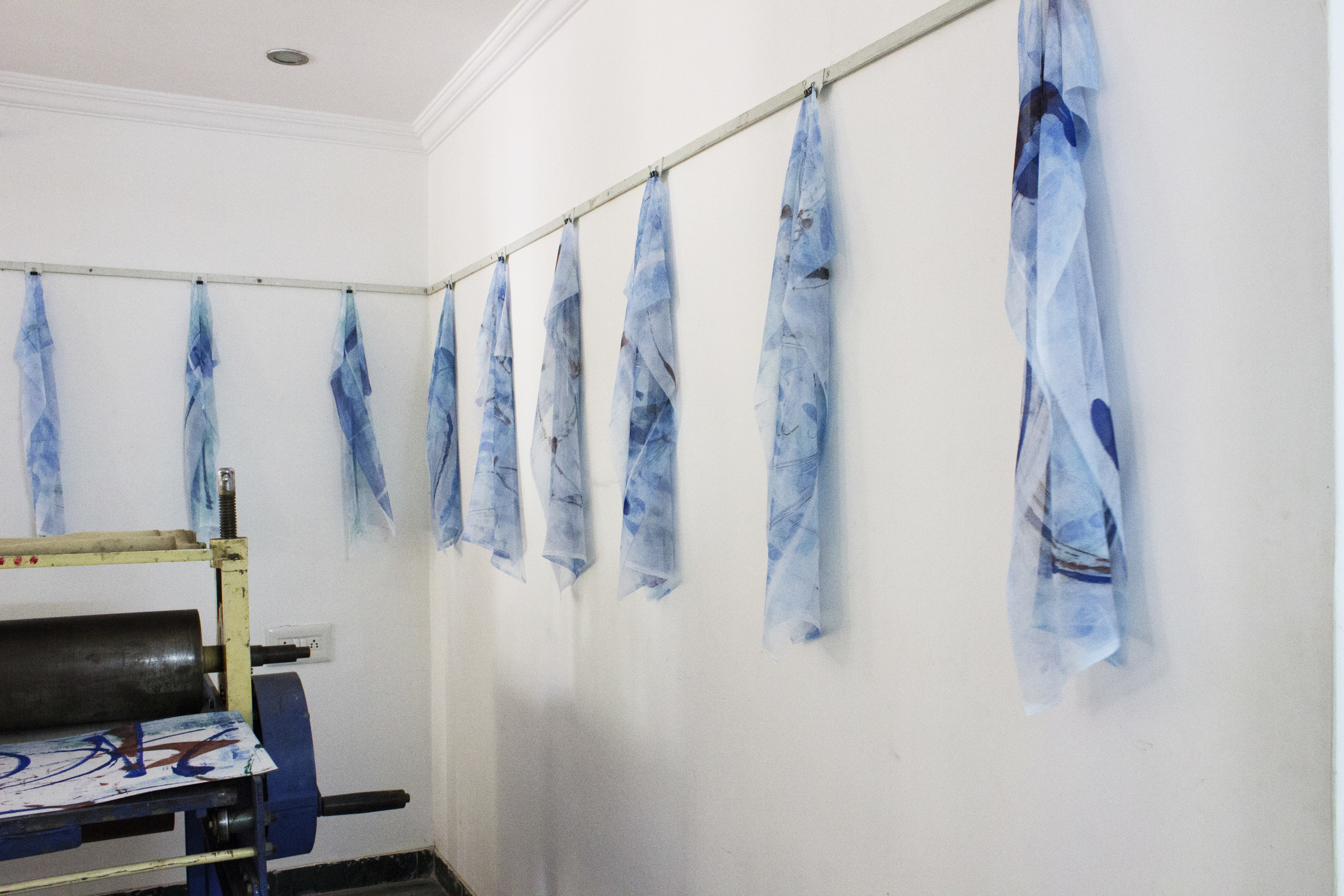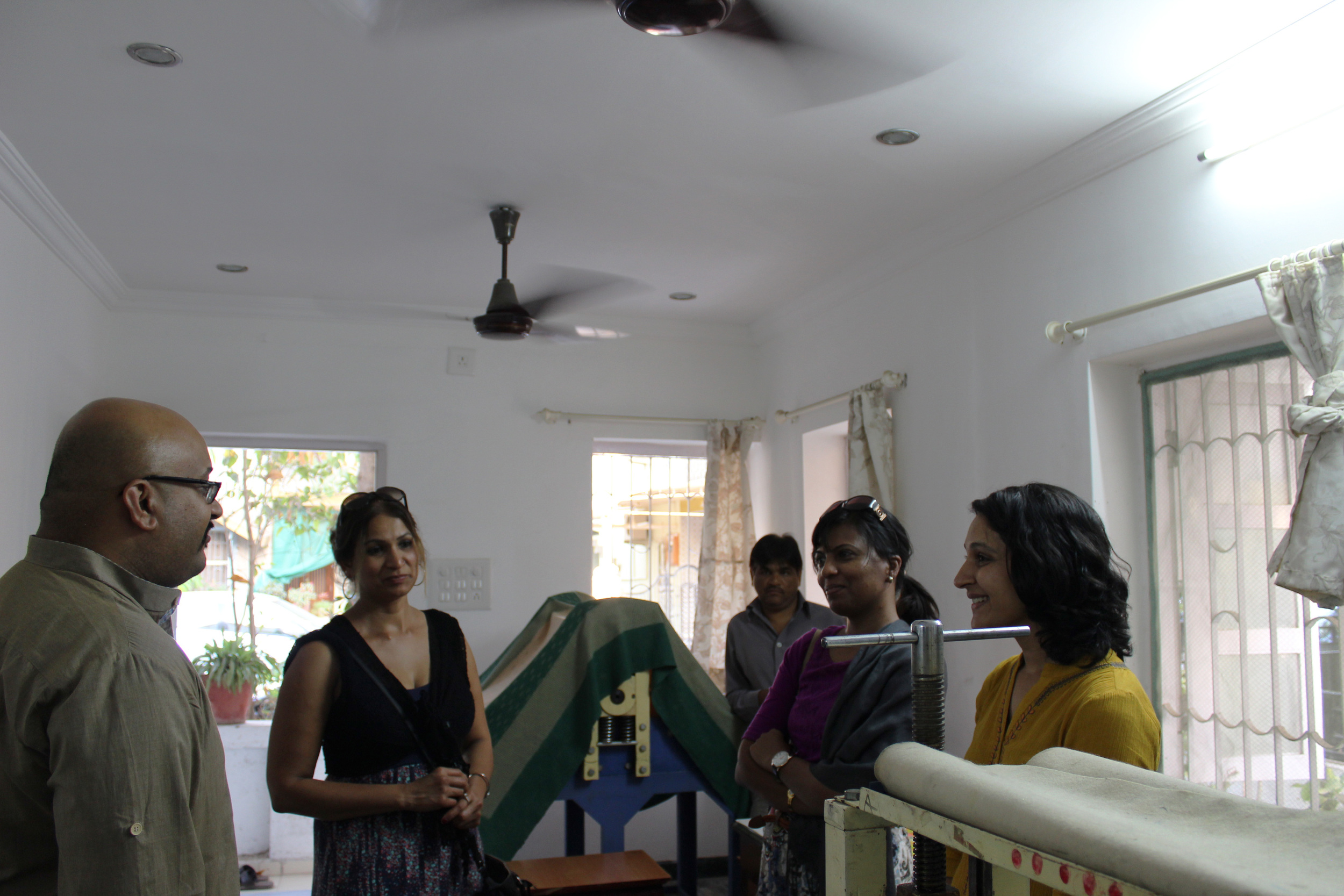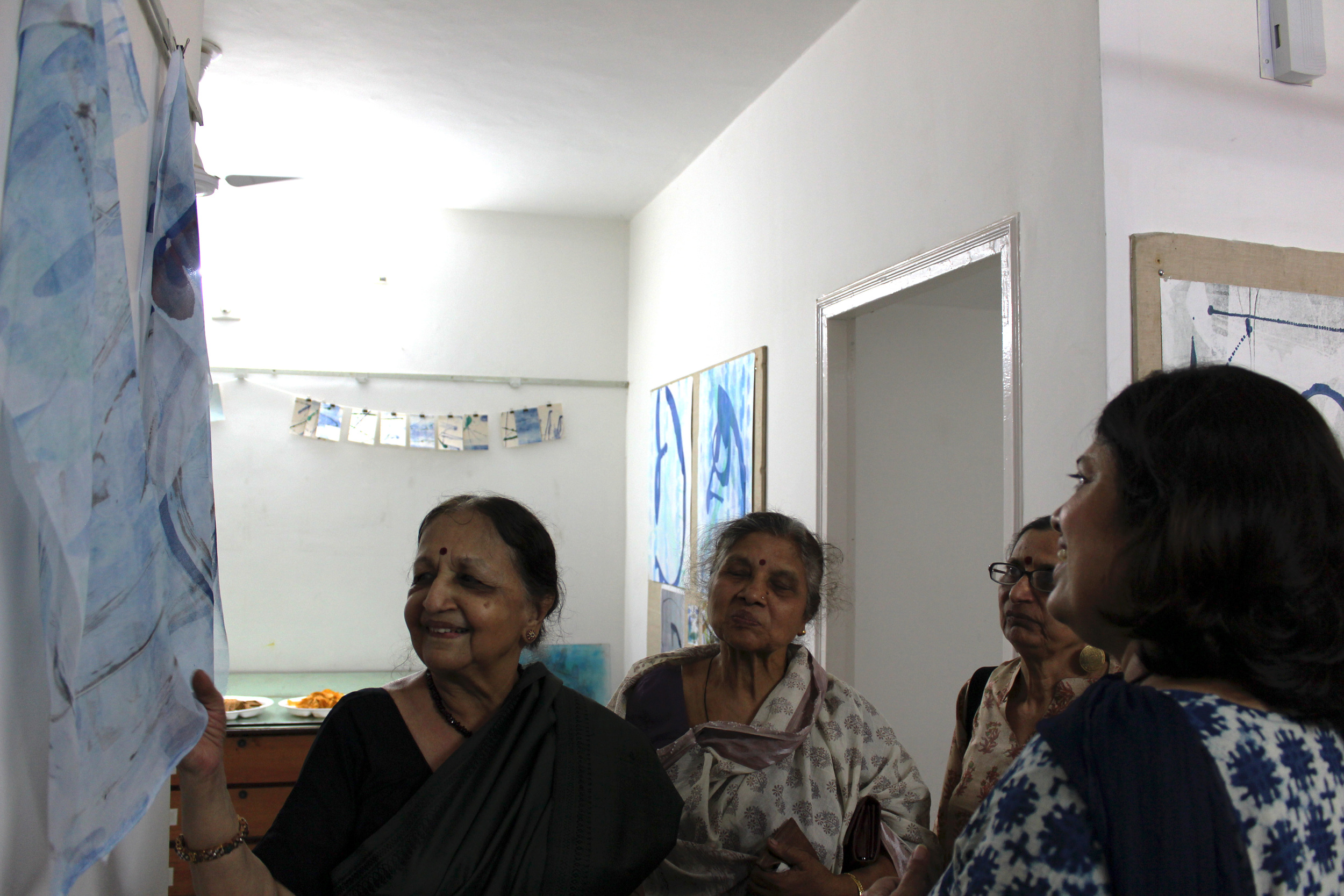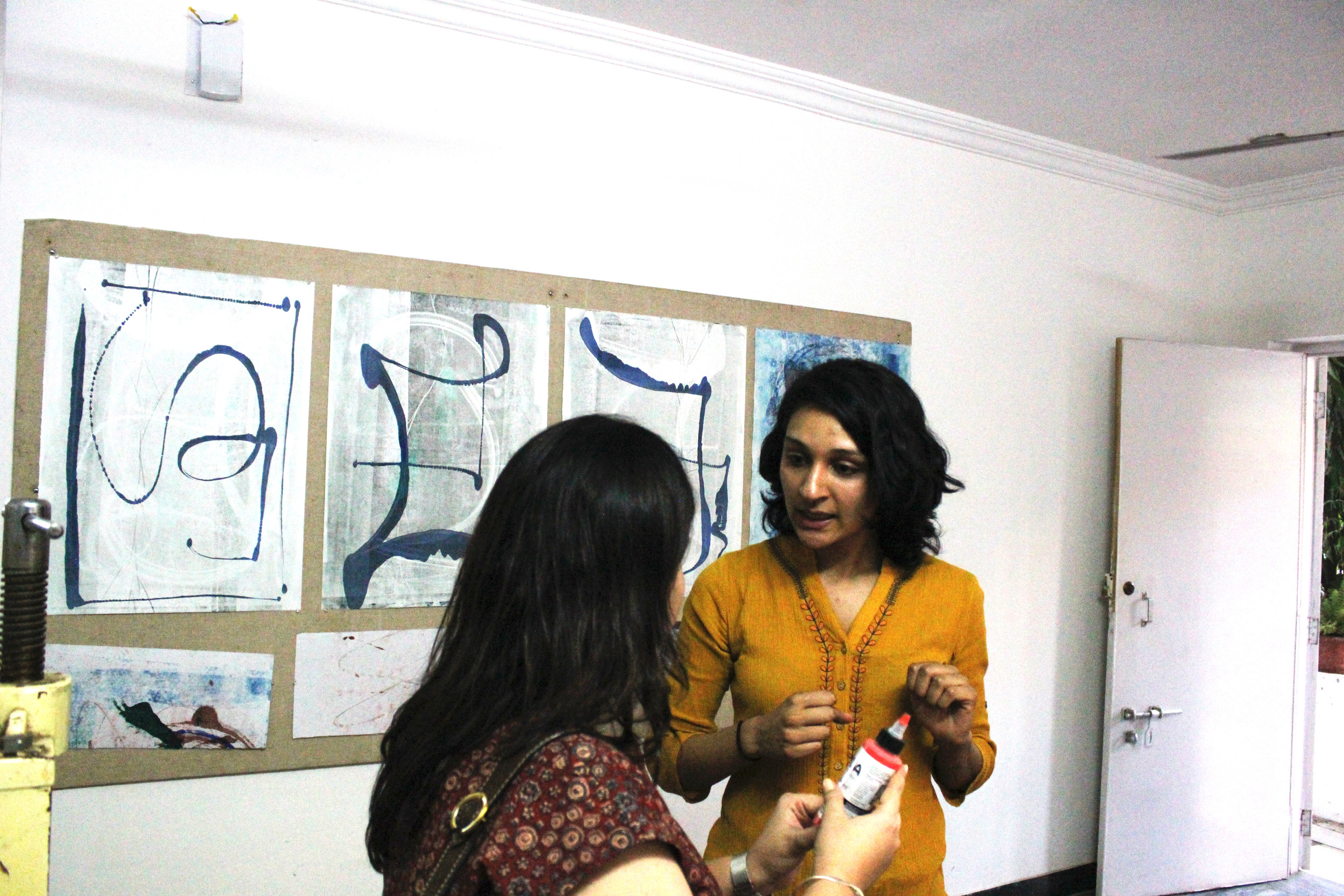During my one month at Chhaap, I was given the chance to just focus on making art. I could make as little or as much as I desired. Having unlimited time to create made my ideas flow organically and in return kept me continuously inspired. I created a body of work that I can say I am truly proud of.
This was the first time I was my own critic. Back in America I usually work in a group setting or always have someone who is giving me honest feedback. In India, I had to be my own critical eye. I got most of my prints to a place of being finished. My work unveiled a new cohesive theme and everything came together with little difficulty.
After the second week, a road emerged and I had the rest of my work go in that direction. Inside the road refers to the fortunate events that lead me back to India. It talks about the actual roads I witness in India. All of the organized chaos I get to experience when I step out in a rickshaw, motorcycle, car or by foot. My first inspiration lies within my upbringing as an American Indian. It has been fascinating to see how my work has evolved since physically being in India.
The prep for my show was pretty easy. That’s the beauty of India, I felt like my life was just a little bit easier. There are people to deliver the frames to the gallery. There was a team of three people to install the show. And the gallery coordinator was very easy to work with and never showed any signs of stress. We had a senior artist from Ahmadabad inaugurate the show, Amit Ambalal. He walked through the entire gallery and asked questions about each piece of work and gave me thoughtful praise. He asked me if I listened to music while printing because there is a lyrical movement to how the prints work. I enjoyed all he had to say and explaining how I arrived at the final product.
The opening was filled with people and I was bouncing from group to group explaining the inks, process, and imagery. A lot of media coverage came to the opening as well. I think my count so far is about 6 articles in various news sources. I even got interviewed to be on TV! I gave a full interview in Gujaratii. I was definitely proud of my self for that one. I continued to gallery sit over the next few days and a good crowd came each day.
Back in America, I was chosen to be the contributing artist for the April edition of The Perpetual You. They are doing a challenge for the month of April and today is to create a doodle. Feel free to participate by tagging The Perpetual You in your post (#thirtydaysofpurpose or #theperpetualyou)

















































